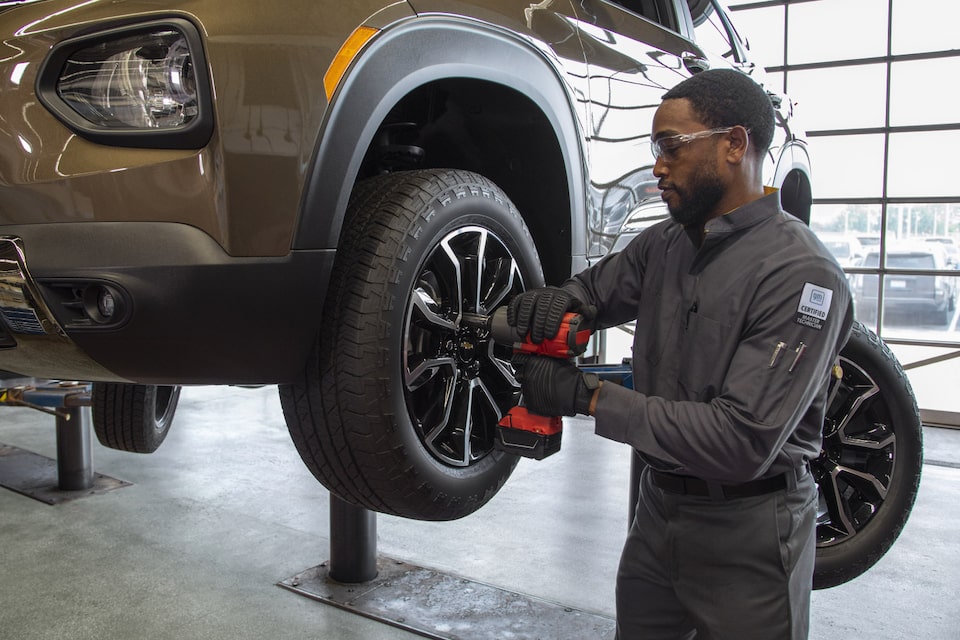Tire Service: The Influence of Climate Conditions
When it comes to guaranteeing ideal efficiency and safety on the road, understanding the impact of weather problems on tire solution is critical. In this conversation, we will certainly check out the complex connection in between weather condition conditions and tire service, shedding light on the importance of weather-specific tire maintenance practices and considerations.
Warmth and Tire Efficiency
When exposed to high temperature levels, tires experience modifications in performance that can significantly influence automobile safety and security and handling. The warm generated from extended driving or hot climate problems triggers the tire rubber to soften, leading to reduced walk life and increased wear.
Moreover, high temperature levels can accelerate the procedure of tire aging, triggering the rubber to deteriorate quicker. This can cause splits, bulges, and various other forms of damage that endanger the architectural honesty of the tire. To minimize the effects of warm on tire efficiency, chauffeurs should consistently check their tire stress, revolve tires to guarantee even put on, and examine for any kind of indicators of damage. Furthermore, utilizing tires specifically created to hold up against high temperatures can assist keep optimum efficiency and safety and security on the road.
Winter Impacts
Cold climate problems can have a significant influence on tire performance and safety. As temperature levels decline, tire rubber can harden, resulting in reduced traction on icy or snow-covered roads. In cold climate, tires might also lose atmospheric pressure much more quickly, which can affect handling and fuel efficiency. Additionally, cool temperature levels can cause tire sidewalls to tense, raising the threat of damage from splits or various other roadway threats.
To mitigate the impacts of cool climate on tires, it is crucial to consistently inspect tire pressure and inflate them to the supplier's suggested levels. Utilizing winter season or all-season tires designed for winter problems can likewise boost grip and hold on icy or snowy roadways - tires morris il. Proper tire upkeep, including regular evaluations for wear and damages, ends up being much more important throughout chillier months to ensure ideal efficiency and security
Rainy Issues Impact
Throughout rainy conditions, tire efficiency and safety can be considerably influenced by the wet road surfaces and reduced visibility. The tread pattern of tires plays a vital function in preserving traction on wet roads. Tires with damaged footsteps are a lot more susceptible to hydroplaning, where a layer of water develops between the road and the tire surface, leading to loss of grip. To combat this, chauffeurs should consistently check their tires for sufficient walk depth and consider purchasing tires especially developed for wet conditions.

Snow and Tire Safety And Security
Snow-covered roadways posture special obstacles for chauffeurs, emphasizing the significance of proper tire choice and upkeep. When driving in snowy problems, having the right tires can make a considerable distinction in safety and performance. Wintertime tires are designed with special rubber compounds and tread patterns to supply better grip on snow and ice contrasted to all-season tires. The deeper treads and sipes of winter months tires help grip the road better, reducing the risk of moving and sliding.
Along with making use of winter season tires, it is crucial to ensure they are properly pumped up. Cold weather can create tire stress to drop, affecting traction and handling (mopar tire service specials). Frequently examining and preserving the correct tire pressure is vital for ideal performance in snowy problems

Weather-Related Tire Upkeep
Weather-related tire maintenance encompasses an array of techniques aimed at making certain optimum tire feature and longevity in various weather condition situations. One key aspect of weather-related tire upkeep is tire stress policy. Inspecting tire step on a regular basis and replacing tires when tread wear gets to a specific deepness is crucial for preserving grip and stability in unfavorable climate.
Final Thought
In final thought, climate problems have a considerable impact on tire efficiency and security. From warmth impacting tire stress and use to winter minimizing grip, it is crucial to think about the climate when preserving and making use of tires. Wet conditions can decrease hold and lead to hydroplaning, while snow can boost the risk of mishaps if tires are not properly furnished. Weather-related tire upkeep is important in ensuring optimum efficiency and safety when traveling.
In this conversation, we will certainly explore the complex partnership in between climate conditions and tire service, losing light on the importance of weather-specific tire maintenance practices and considerations.

 Kel Mitchell Then & Now!
Kel Mitchell Then & Now! Rick Moranis Then & Now!
Rick Moranis Then & Now! Amanda Bynes Then & Now!
Amanda Bynes Then & Now! Jenna Jameson Then & Now!
Jenna Jameson Then & Now! Rachael Leigh Cook Then & Now!
Rachael Leigh Cook Then & Now!